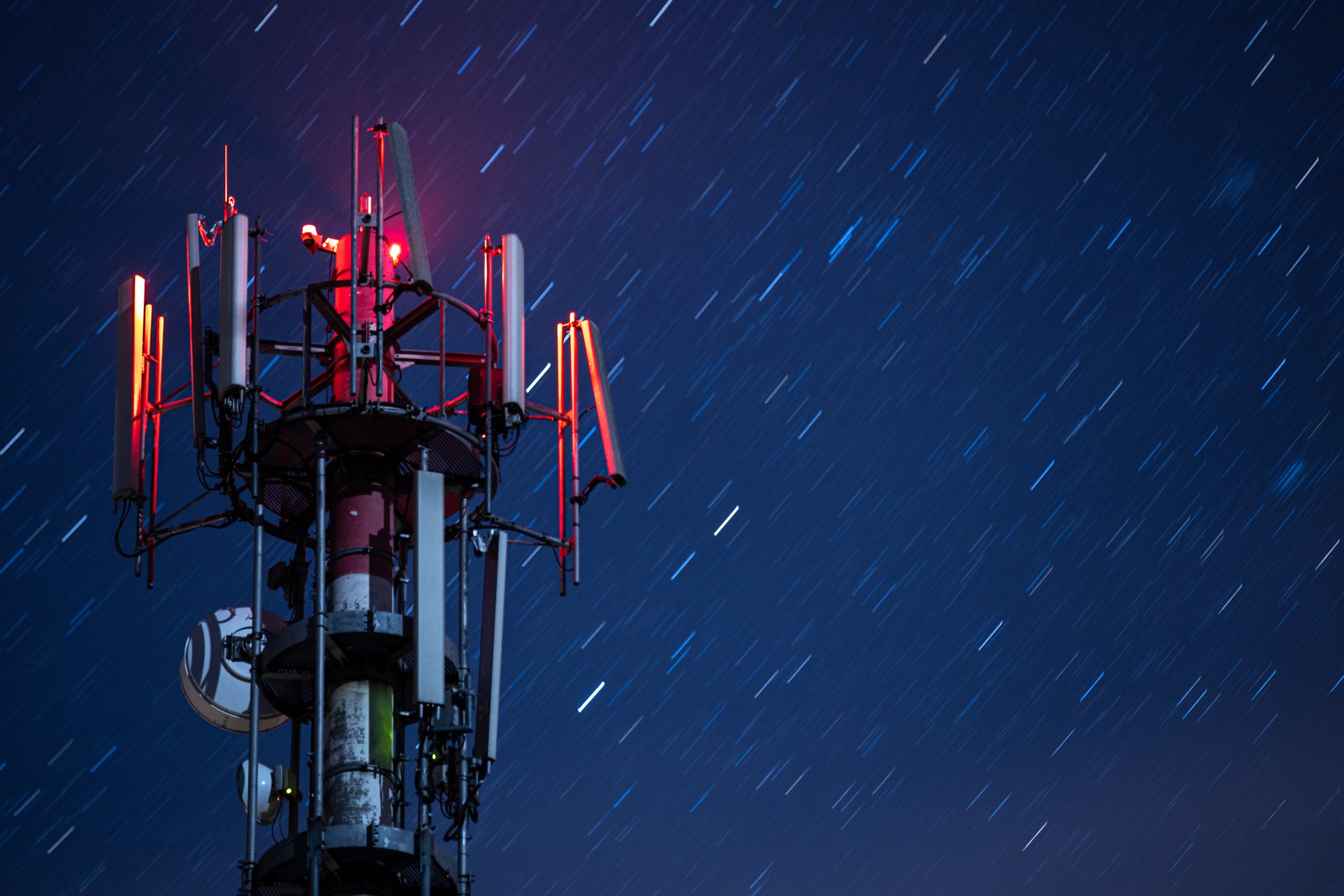
- December 2025 (1)
- November 2025 (2)
- October 2025 (3)
- September 2025 (3)
- August 2025 (3)
- July 2025 (2)
- June 2025 (3)
- May 2025 (3)
- April 2025 (3)
- March 2025 (2)
- February 2025 (1)
- December 2024 (2)
- November 2024 (1)
- August 2024 (2)
- June 2024 (3)
- May 2024 (3)
- April 2024 (1)
- March 2024 (3)
- February 2024 (2)
- January 2024 (2)
- December 2023 (1)
- November 2023 (2)
- October 2023 (2)
- September 2023 (1)
- August 2023 (1)
- July 2023 (2)
- June 2023 (3)
- May 2023 (2)
- March 2023 (4)
- January 2023 (2)
- November 2022 (2)
- September 2022 (1)
- August 2022 (2)
- July 2022 (2)
- June 2022 (1)
- May 2022 (1)
- April 2022 (3)
- March 2022 (1)
- February 2022 (3)
- January 2022 (2)
- December 2021 (1)
- November 2021 (1)
- October 2021 (2)
- September 2021 (3)
- August 2021 (1)
- July 2021 (3)
- May 2021 (2)
- April 2021 (2)
- March 2021 (2)
- February 2021 (3)
- January 2021 (3)
- December 2020 (1)
- October 2020 (1)
- August 2020 (1)
- August 2019 (1)
- January 2019 (2)
- September 2018 (5)
- June 2018 (1)
- November 2017 (1)
- September 2017 (1)
- July 2017 (1)
- May 2017 (1)
- January 2017 (1)
- October 2016 (2)
- August 2016 (1)
- July 2016 (1)
- June 2016 (1)
Subscribe by email
Most people are familiar with SIM cards for cell phones. Though an IoT SIM card is similar, it’s different in that it supports IoT devices specifically with their network requirements and unique data consumption rates (check-in rates). Few people understand how IoT SIM cards work and the unique identifiers essential to driving their capabilities. In this post, we’ll unveil the mystique behind IoT SIM cards, including ICCID and IMEI numbers and their importance.
What Is an ICCID Number?
An Integrated Circuit Card Identifier, or ICCID, is a unique number assigned to a SIM card to distinguish it from others. Think of it as you would your social security number — the ICCID is specific to the SIM card. However, unlike a social security number, an ICCID is globally unique and not only established in the SIM card’s country of origin.
For physical SIM cards as well as eSIMs and virtual SIM cards, an ICCID is typically 19 to 20 characters long (though it can range from 18 to 22) and specifies the industry, region, network, and device of the SIM card. The identifier is stored digitally, though it’s often also engraved into the physical SIM card. As the ICCID number is tied directly to its corresponding SIM card, it cannot be modified.
Components of an ICCID Number
An ICCID number follows this format: MMCC-IINN-NNNN-NNNN-NN C(X). It consists of groupings that represent various identifiers and codes, making each SIM card unique.
IoT SIM Card Identifier (MM)
The Major Industry Identifier (MII) comprises the first two digits of the ICCID, and it serves to differentiate the card from other types of chip cards. An IoT SIM card will always start with the numbers 89 for the MII, distinguishing it from something like a credit card.
Country Code (CC)
The country code follows the IoT SIM card identifier. It specifies the operating region and is assigned by the International Telephony Union (ITU). The country code can be two or three digits long. In the United States, for example, the country code can often be 01. There are occasionally exceptions to this rule, however.
Issue Identifier (II)
Next is the issue identifier (II), also known as the mobile network code (MNC). This is a one- to four-digit code that identifies the home network — the mobile network that issued the SIM. This identifier comes into play with roaming, as the mobile network code identifies the device to the new network to connect. It’s usually issued by the network that provided the SIM card, though a partner company could also generate it.
Account ID (N)
The account number, or account ID, is unique to the SIM card. It serves to distinguish the SIM card from any other in the world. The account ID can be up to 10 digits long.
Sum (C)
The sum in the ICCID is a calculation of the other digits using the Luhn algorithm.
Additional Digit (X)
Lastly, there may be an additional digit added at the end of the ICCID code. Though this is technically not part of the ICCID, you may see it listed.
Other Numbers on IoT SIM Cards
There are other numbers typically found on SIM cards. They could include a UPC, Part number, SKUs or other stuff like that used by the manufacturer or the carrier relating to the SIM Card.
Other Numbers Used With Mobile Network Equipment
International Mobile Subscriber Identity (IMSI)
Cellular networks use the IMSI to identify the connectivity service a SIM uses, such as a subscription service. The IMSI uniquely identifies every user of a cellular network, and the network uses it to establish a connection with the device. It’s different from the ICCID, which is used to identify SIM hardware and not connectivity. The IMSI is usually a 15-digit number, though it may be shorter.
International Mobile Equipment Identity (IMEI)
The IMEI is a unique identifier for every device. It’s often found printed on the device packaging, or on the device in the example of some types of routers, though it’s not required to be. Some manufacturers take a different approach and include the IMEI on the Settings menu in the device’s software application. When the device is connected, the IMEI is checked against a global IMEI database to identify the device to the network. Some carriers use the IMEI to determine if the device has even been certified for use on their network, and will prevent devices that have not been certified. In efforts to further improve security, carriers now also use the IMEI to determine if a device has been stolen - preventing those devices from being activated on the network.
Key Components of an IoT SIM Card
An IoT SIM card contains the following components:
- Contact chip encased in protective plastic — The chip contains a processor with electronically erasable programmable read-only memory (EEPROM), read-only memory (ROM), and random access memory (RAM).
- Integrated circuit card ID (ICCID) — Unique identification code assigned to every SIM card, stored inside the processor, and usually displayed on the outer casing.
- Authentication key (Ki) — The 128-bit value assigned by the Global System for Mobile Communications Association (GSMA) as a unique authentication key. This key authenticates the device with the network. It’s not transmitted, ensuring device and data security.
- Location area identity (LAI) — LAIs are identifiers assigned to the sectors of a public land mobile network (PLMN). The network uses the LAI to pinpoint the SIM card location. The identifier includes the mobile country code (MCC), a mobile network code (MNC), and a specific location area code (LAC).
Learn more: SIM Card Types and Sizes Explained
eSIMs and the new eUICCID number
eSIMs, or embedded SIMs, are an integrated circuit (IC) surface mounted on the board of an IoT device. This eSIM works in the same way as a traditional SIM card to identify the device to the network carrier. They serve to:
- Create an embedded architecture that can be securely downloaded and permanently embedded inside any device.
- Enable the device to select the network and make remote provisioning possible to support smaller devices.
eUICCID Numbers
To understand eUICCID numbers, you need to know what an eUICC is. It’s an embedded universal circuit card, and is responsible for remote provisioning of SIM profiles. It’s what enables networks to provision eSIMs without physically handling the device. The eUICCID is created for eSIMs, and may be used on traditional SIMs as well.
The eUICCID is a newer and unique identification number established for eSIMs to distinguish them from others. To avoid confusion, given the potential involvement of multiple businesses in the process, eSIMS are assigned both an ICCID — which is created with the eSIM profile — and an eUICCID number.
The eUICCID was established because network carriers have the choice to use their own eSIM profiles or the chip manufacturer's profiles, or to work with a third party to create the profiles. This opens up extra room for confusion, so the eUICCID was introduced to help uniquely identify each eSIM regardless of how many parties are involved.
Choosing the Right Network and IoT SIM Card
This topic can be quite complex, so in closing, here are a couple of additional resources for further exploration.
First, keep in mind that M2M/IoT is very different from the consumer eSIMs used with cell phones. It’s critical to use IoT-approved solutions for IoT deployments. Read more about the differences in this post.
Second, the Global System for Mobile Communications Association (GSMA) defines the standards for these identifiers. They offer a great whitepaper on eSIMs that is very helpful for understanding them.
To learn how Zipit can help your company connect with the most effective IoT technologies, contact us.
You might also like:
Related Content
The latest IoT insights and platform updates from Zipit.
As billions of connected devices continue to shape modern life, IoT manufacturers ...
The Internet of Things (IoT) is transforming how businesses operate, compete, and ...
IoT asset tracking unlocks real-time awareness, predictive power, and operational ...


